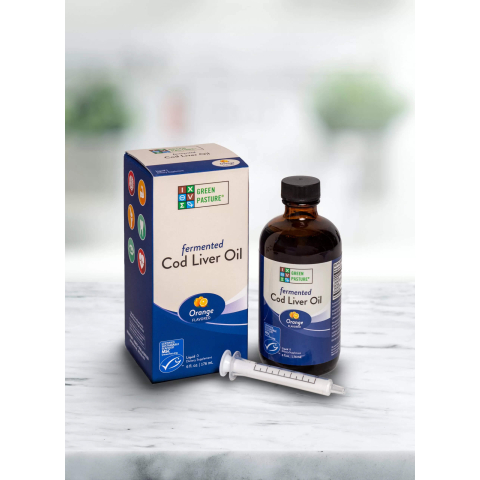
36,00 €
Paid orders before approximately 1430 will be shipped on the same day.
No products
Quantity:
Total:
Total products: (tax incl.)
Total shipping: (tax incl.) To be determined
Tax: 0,00 €
Total: (tax incl.)
Lion's Mane Mushroom Capsules (Hericium erinaceus) from Austria.
Warning: Last items in stock!
Availability date:
By buying this product you can collect up to 32 loyalty points. Your cart will total 32 points that can be converted into a voucher of 0,96 €.
| SKU | |
| Manufacturer | Tyroler Glückspilze |
| country | Austria |
Lion's Mane mushroom. Hericium erinaceus. Syn.: Yamabusitake (jap.: mountain hidden mushroom), Pom-Pom blanc, hóu tóu gu (chin.: monkey's head).
Directions: 2 capsules twice daily with lots of water. †
† Recommended daily dose not specified.
Do not exceed the recommended daily intake. Food supplements are not a substitute for a balanced and varied diet. Keep out of reach of small children. Do not take during pregnancy or breastfeeding.
Store in a dry and cool place.
Our Lion's Mane mushroom powder is pure Hericium erinaceus in its natural composition. The Lion's Mane mushrooms are gently dried after harvesting (at below 35°C) and then ground ultra-fine.
In technical jargon, this grinding technique is also called the "shellbroken process". This means that the cell walls are broken open when the mushrooms are ground. This is necessary because mushrooms have very hard cell walls. The walls are chitin, which cannot be processed by the human body. Therefore, shellbroken grinding is important so that the body can absorb the ingredients of the mushroom.
Lion's Mane grows preferentially on hardwoods such as oak, walnut, beech, maple, sycamore. In the wild, this mushroom occurs in late summer and autumn in Europe, North America and Asia (especially China and Japan) in deciduous forests.
Lion's Mane owes its name to its unusual shape. It is roundish-oval or even heart-shaped and covered on the outside with what looks like a lion's mane. The Chinese thought that it looks like a hedgehog's spiny beard and call it "hedgehog spiny beard mushroom". They also call it "monkey head mushroom", because the fruiting body is reminiscent of a hairy monkey head.
Lion's Mane is considered a popular and excellent edible mushroom in China. In fact, it is one of the few mushrooms that have a strong lobster aroma when cooked. In Europe, hedgehog spiny beard is rather less known, although it is native to parts of the continent.
Its unique flavor and highly decorative, coral-like appearance make in a sought-after delicacy. In the wild, this mushroom is found in Europe, North America, and Asia (especially China and Japan) in deciduous forests.
Taxonomy:
Class: stander fungi (Basidiomycetes).
Subclass: cap fungi (Agaricomycetidae)
Order: Brittle-leaved fungi (Russulales)
Family: Spiny Bearded Fungi (Hericiaceae)
Genus: Spiny bearded (Hericium)
Species: Hericium erinaceus
Spores: white, elliptic, smooth to slightly rough; 5.5 - 7 x 4.5 - 5.5 µ